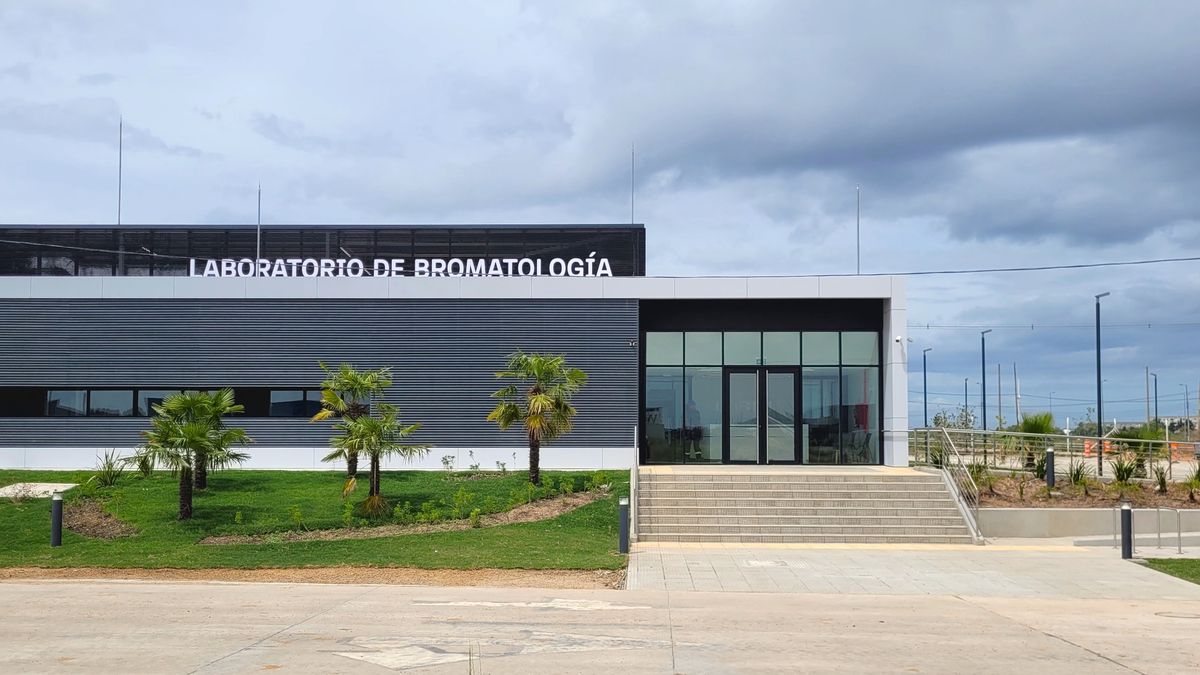Digital Divide: Over a Third of the World's Population Remains Offline, Warns ITU

Despite remarkable advancements in technology, a staggering one-third of the global population remains disconnected from the digital world. This concerning statistic, highlighted by the International Telecommunication Union (ITU), underscores the persistent digital divide and its far-reaching implications for economic development, education, and social inclusion. The ITU's latest report paints a picture of inequality, revealing that billions lack access to essential digital tools and services, hindering their ability to participate fully in the 21st century.
The Scale of the Problem: A Global Perspective
The numbers are truly significant. Approximately 2.7 billion people worldwide are not using the internet, a figure that disproportionately affects developing countries and marginalized communities. This lack of access isn't just about not being able to browse social media; it's about limited opportunities for education, employment, healthcare, and civic engagement. The digital divide isn't merely a technological issue; it's a social and economic one, perpetuating cycles of poverty and inequality.
Why the Digital Divide Persists
Several factors contribute to this persistent digital divide. Affordability is a major barrier, particularly in low-income regions where the cost of devices and internet access can be prohibitive. Infrastructure limitations also play a crucial role. Many rural and remote areas lack the necessary infrastructure – reliable electricity, broadband networks – to support internet connectivity. Digital literacy is another hurdle. Even when access is available, a lack of skills and knowledge can prevent individuals from effectively utilizing digital tools.
The Impact of Disconnection
The consequences of being disconnected are profound. Economically, it limits access to online markets, training opportunities, and financial services. Educationally, it restricts access to online learning resources and digital literacy programs. In healthcare, it hinders access to telehealth services and vital health information. Socially, it isolates individuals and limits their ability to connect with others and participate in online communities.
ITU's Efforts and Potential Solutions
The ITU is actively working to bridge the digital divide through various initiatives. These include promoting affordable access, investing in infrastructure development, and fostering digital literacy programs. Partnerships with governments, the private sector, and civil society organizations are crucial for achieving meaningful progress. Innovative solutions like community networks, satellite internet, and low-cost devices are also emerging as promising avenues for expanding access.
Looking Ahead: A Call to Action
Closing the digital divide is not just a matter of technological advancement; it's a moral imperative. Ensuring that everyone has access to the benefits of the digital age is essential for achieving sustainable development, promoting social justice, and creating a more inclusive world. Continued investment, innovative solutions, and collaborative efforts are needed to empower the unconnected and unlock their full potential. The future depends on it.






